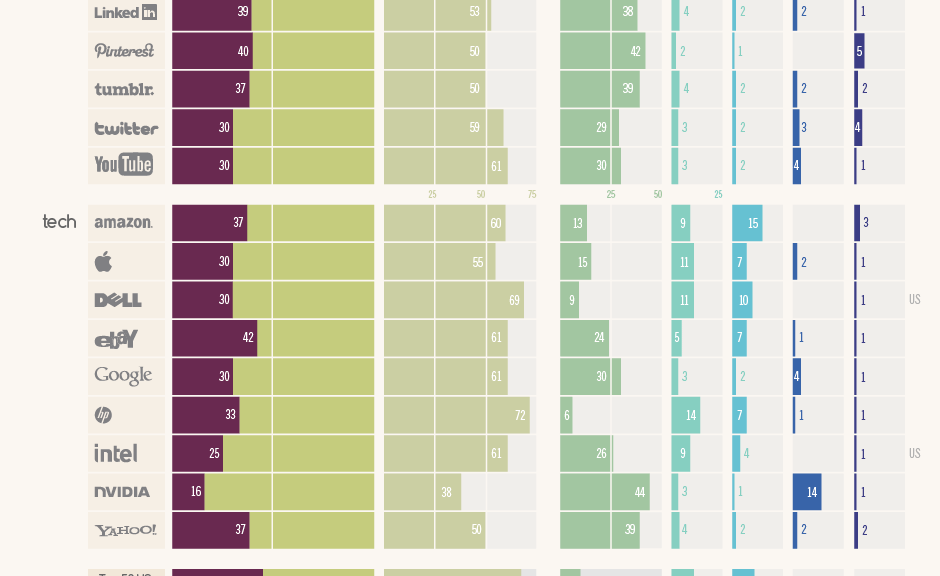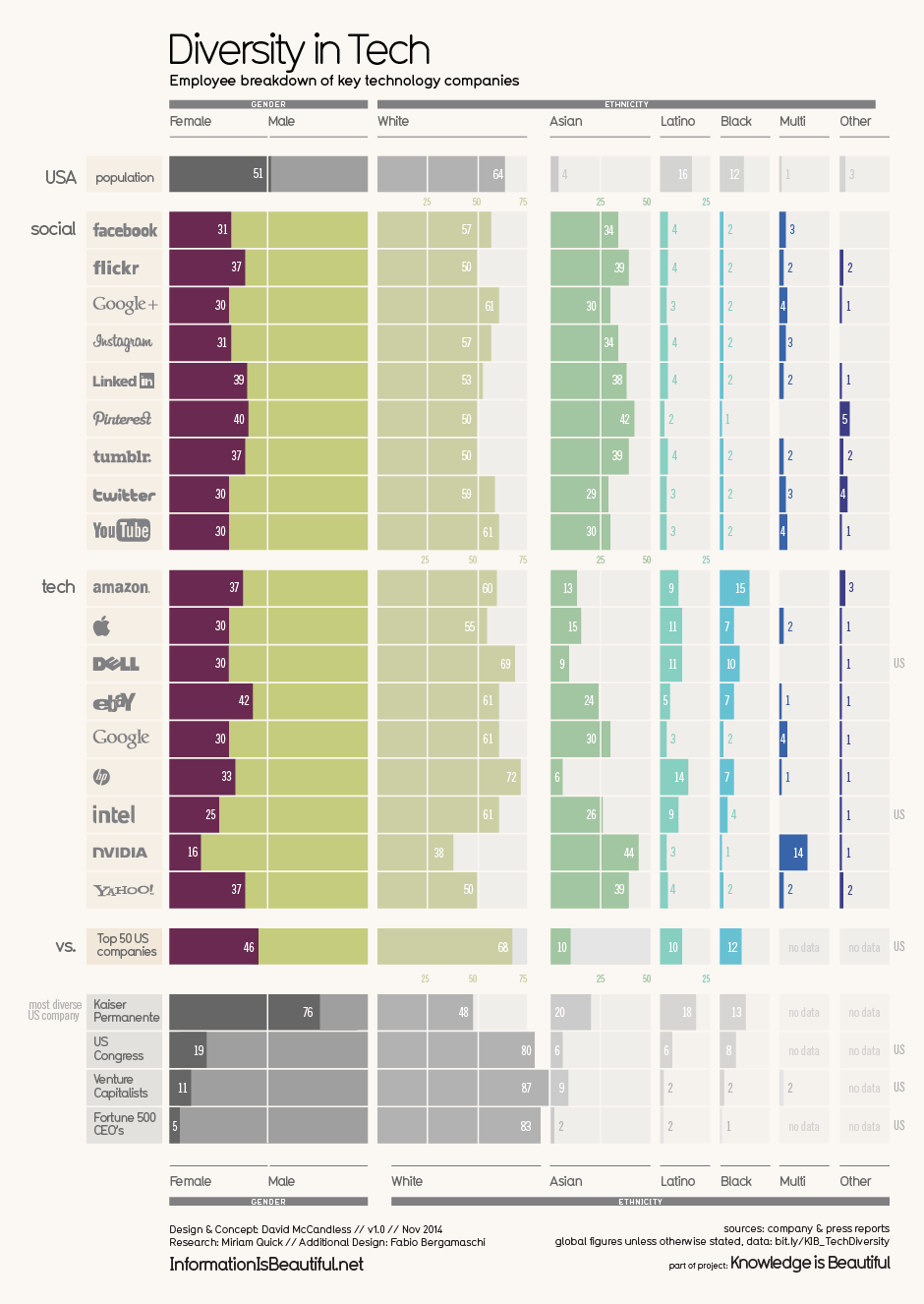200 startups gave their pitches at the Web Summit this year in Dublin. Over 2,100 startups participated, the vast majority of which had “poster board” displays and one or two eager founders giving their elevator pitch. That makes the Web Summit a welcome change to other conferences that typically rotate around industry giants.
Two messages seemed to pervade the conference this year: location and security. The “location” bit was the move of the Web Summit from Dublin to Lisbon next year. As you can imagine, this was a bit of a blow to the locals, and they could not stop talking about it. Hopefully Lisbon imports Guinness and Jameson so that a little bit of Dublin carries over.
“Security” discussions seemed more prevalent than ever before. The recent breaches at TalkTalk and Ashley Madison were discussed over and over again…and the recent UK decision to store web histories for everyone for a year was a hot topic, as was the Safe Harbor European Court of Justice ruling. But, more than that, the need for both security and privacy was raised in almost every context: from publishing your web app to talking to IoT devices. The phrase “the Internet of unpatchable crud” was being thrown around often. Interestingly, many of these conversations were underway before people learned that I was with AVG, and thus involved with security and privacy issues directly.
Further, a lot of the discussions focused around personal security, not just enterprise security. This is a change from a year ago, or even six months ago. This bodes well for AVG’s move into protecting people as well as devices and data.
AVG has been pushing something called “the law of least data” with IoT groups for a while now. The core idea is that data should be routed as directly as possible between entities. This augments the idea of “storing only required and essential data” that has been a mainstay of good data design for a long time. My canonical example is my thermostat talking to my furnace. While setting up the relationship between the two may require the cloud, the day to day control and feedback between the two should not have to leave my house (i.e., my local area network). Even if encrypted, an eavesdropper could probably tell when someone was at home based on the volume of traffic between the two. This is a simple idea, but an important one. When you extend that thinking to many connected devices, including those dealing with health and security, you can imagine the impacts of not respecting the “law of least data.” However, the business/capitalistic forces at work today mean that every vendor wants to backhaul all data to the cloud under the rubric of “data is the new currency.” This is a dangerous architecture and one that we should all be challenging.
Many people, when asked about their personal data leaking, have a fairly resigned attitude. They say, “it is not a big deal, and I get more personalized offers; I know the tradeoffs I am making.” I like to use a simple example to help people understand that seemingly innocuous data is still valuable and can be used in unexpected ways. If you are a serious cycler, you will probably sign up for a bike ride sharing application. It is fun; you can compete against others as motivation and track your personal progress online. However, thieves also sign up for these services. Using the simple logic that users who ride the most often and the farthest probably have the most expensive bikes, led the thieves to steal bicycles easily using the location tracking data in the services. Again, you can extend this idea to all types of data to understand that, by default, we should be keeping our data safe and secure.
So, it was refreshing to see these, and other, security topics being actively discussed at the Web Summit. It bodes well for our industry that this is now top of mind.
![]()
![]()


